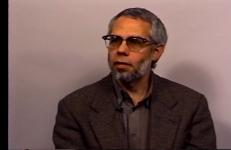
This section comprises taped interviews with artists, architects, musicians, critics and other creative practitioners, recorded in conversation with Video Data Bank staff, colleagues from the School of the Art Institute faculty, and others knowledgeable about the particular interviewees work.
The first interview dates from 1976, the year of VDB’s official inauguration, and VDB continues to add to the collection to this day, recording and producing approximately ten new interviews a year. Many of the interviewees are guests of SAIC departments, such as the Visiting Artists program or Conversations at the Edge screening series, or invitees of the Society for Contemporary Art. The VDB interviews supplement these visits, allowing for an in-depth conversation that underlines the development of an artist's practice.
Fred Tomaselli’s mosaics and collages compose patterns and images that suggest ancient global influences. His materials, however, are products of modern consumption, addiction, bodily abuse, and pleasure: pills, nicotine patches, bandages, and the like. The surfaces are coated with a lacquered veneer, making these mundane sources of highs or healing gleam. Interview by James Rondeau. A historical interview originally recorded in 1999 and re-edited in 2007.
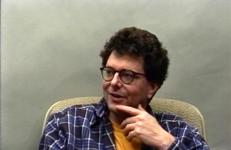
Allan Trachtenberg is one of the most esteemed figures in contemporary photographic history and cultural studies. He received an Andrew W. Mellon Foundation Emeritus Fellowship for his continuing work on Wright Morris. Other honors include fellowships from the American Council of Learned Societies, the National Endowment for the Humanities, the Rockefeller Foundation and the Guggenheim Foundation. Trachtenberg is the Neil Gray, Jr. Professor Emeritus of English and American studies at Yale University, where he taught for thirty-five years.
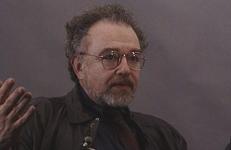
In this interview, Los Angeles-based artist and filmmaker Ryan Trecartin (b. 1981) discusses his personal interests and motivations, as well as the larger cultural and philosophical concerns that shape his videos and their reception. Trecartin is known for his construction of non-linear narratives, campy costumes, and excessively visceral characters and environments. One of the most compelling aspects of this interview is his insistence that language and its verbal articulation, rather than the visual, anchor his process. Trecartin identifies the influences of 1990s retro-rave culture, hip-hop videos, and editing software tools on his work. He notes that the accelerated disintegration of high and low culture has played a major part in his growth as an artist.

Originally trained as a musical composer, receiving her MFA and Ph.D. from the University of Illinois, Champaign-Urbana, Trinh T. Minh-ha (b. 1952) is a world-renowned documentary feminist filmmaker and expert on avant-garde and third world post-colonial film theory. In 1970, Minh-ha came to the United States from Vietnam at the age of seventeen. Since then she has been involved in film, musical composition, social theory, and critical writing.
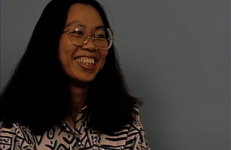
Wu Tsang is a filmmaker, visual artist, and performer who incorporates strategies of activism, art making, event planning, and stage production across a range of multi-disciplinary projects. Tsang combines or juxtaposes the avant-garde and cerebral with sensual, often emotionally charged representations that prompt deeper inquiries into how individuals and communities resist ingrained social prejudices.
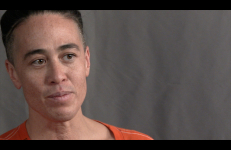
“Collaboration is competitive” – this is the tag line for the artist collective Type A, composed of Adam Ames and Andrew Bordwin. Their projects stretch across the mediums of video, photography, sculpture, and installation – using different formats less for their own sake and more for their appropriateness in relation to a given idea. This malleability allows them to stage installations that are more like interventions in various non-art spaces such as the city streets or a high school gym.

Since 1977, Mierle Laderman Ukeles has been a volunteer artist-in-residence at the New York City Department of Sanitation, allowing her to introduce radical art into a public system. Since she wrote the Manifesto for Main-tenance Art (1969), virtually all of Ukeles’s work has been public. Recent permanent commissions include Percent for Art Fresh Kills Landfill Project, New York City, the world’s largest landfill; Schuylkill River Park, Philadelphia; Creative Time, New York City; and Ayalon Park, Israel.

Electronic musician and sound artist Stephen Vitiello (b.1964) creates sonic installations that function to give a physical form or space to audio. In this interview, Vitiello discusses his beginnings as a film student, and his transition from music to fine art through his investment in storytelling aspects of soundtracks. As a teacher, artist, and long-time curator at Electronic Arts Intermix, Vitiello’s insights and anecdotes offer up sentimental reflection and hard-learned life lessons, as well as perspective on the historic landscape of music and art in the 1980s and 90s. By discussing his partnerships with Tony Oursler, Jem Cohen, and Nam June Paik, Vitello provides entry into the myriad influences and collaborations that have shaped his working process and artistic career.
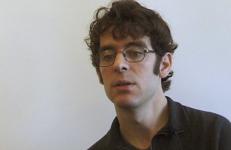
Danh Vo is a Vietnamese-born Danish conceptual artist, currently living and working between Berlin and Mexico City. His large installations often deal with issues of personal identity and belonging. In conversation with Norah Taylor, an art historian specializing in South and Southeast Asian art, Vo discusses his upbringing, career, and what led him to become an artist.

Although trained as an art historian, Jeff Wall has been working on his expansive photographic light boxes of staged scenes for more than 25 years. Using back-lit, photographic transparencies typically used for advertising display, Wall subverts their commercial association by filling them with quotidian objects.
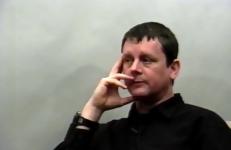
Michele Wallace's attention to the invisibility and/or fetishization of black women in the gallery and museum worlds has made possible new critical thinking around the intersection of race and gender in African American visual and popular culture, particularly in what she has called "the gap around the psychoanalytic" in contemporary African-American critical discourse.
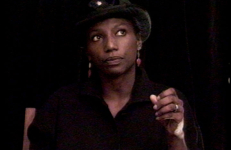
Eyal Weizman is a British-Israeli architect and academic. He’s the founder of Forensic Architecture, which uses architectural research to investigate violations of human rights around the world. In this interview, Weizman discusses his career and the importance of Forensic Architecture’s work with Jonathan Solomon, Director of the Department of Architecture, Interior Architecture, and Designed Objects at the School of the Art Institute of Chicago.
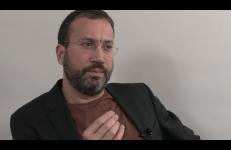
Linda Williams writes on what she calls “body genres”: melodrama, horror, and, most famously, pornography. One of the most influential feminist film scholars to emerge in the 1980s, she wrote important essays on the women’s film (melodrama) before publishing her most influential work, Hard Core: Power, Pleasure, and the Frenzy of the Visible (1989 and 1999).
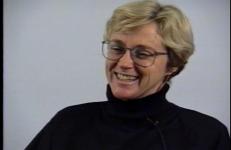
Pat Ward Williams’s socially charged works confront issues of race, often dealing specifically with African American history and identity. Using a variety of photographic processes, video, audio tapes, assemblage and text, Williams layers meanings and images. Her subjects range from the autobiographical to the public, often combining documentary techniques with personal responses. “When I make photos about my family, I think my family is not a lot different than other peoples’ families, so that is a way people can access my work...
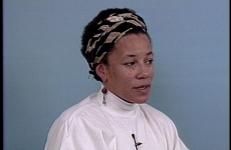
David Wilson is the founder and curator of the Museum of Jurassic Technology in Los Angeles. His collection of found and contributed objects provides an astonishing array of materials derived from craft and nature. Interview by Rachel Weiss. A historical interview originally recorded in 1998.
